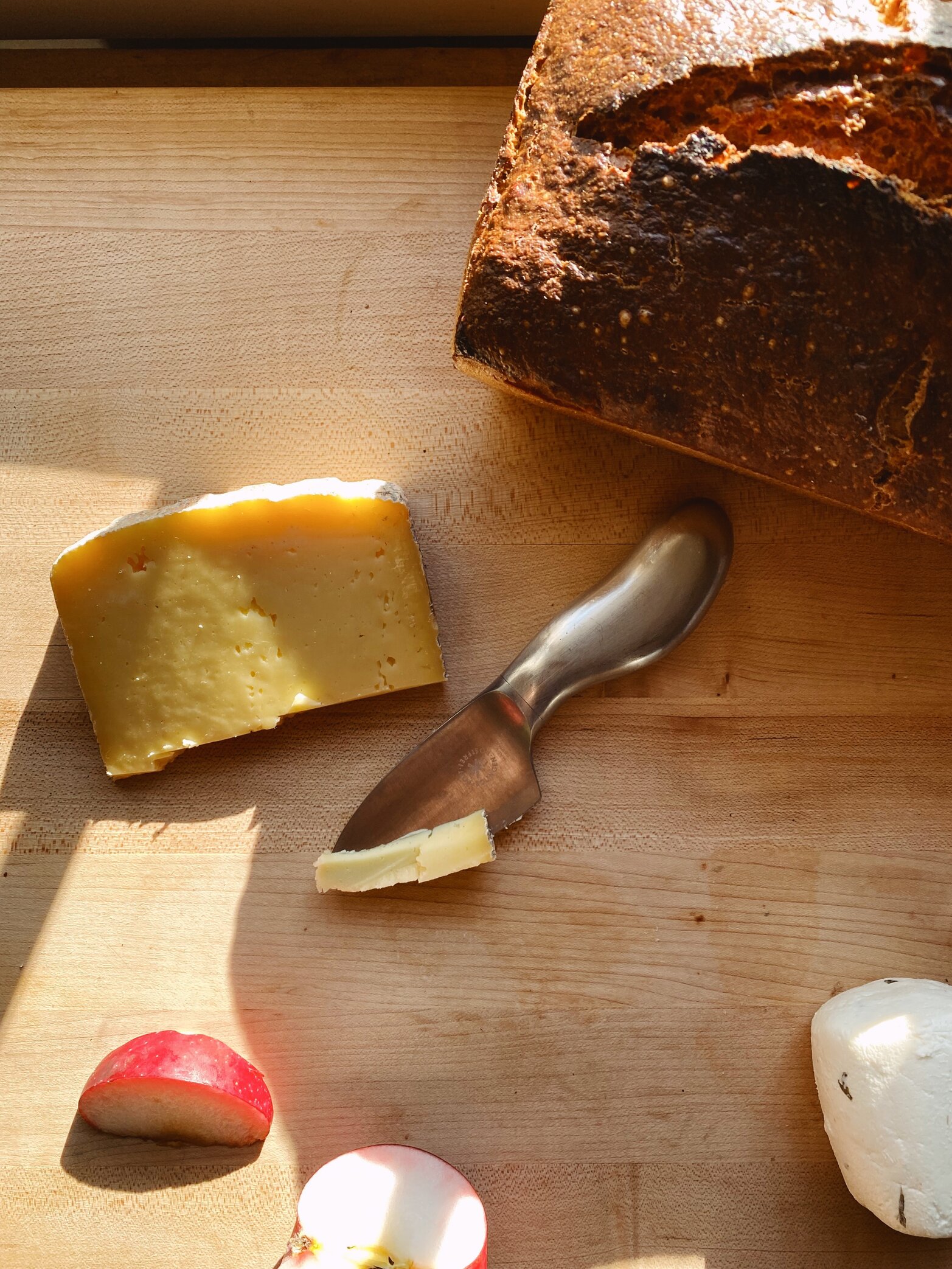Image Gallery
Hugo Pott
Germany
Hugo Pott coined the whimsical term "spoonery" for his flatware, the process of creating his seemingly effortless designs is however very calculated. Master craftsmen apply a century of accumulated wisdom and skill in the production process, which for those humble spoons include more than 30 steps—and more than 90 for knives, handmade of molybdenum and vanadium steel alloy, with handles of quartz-sand for an exceptional balance.
Pott’s father, Carl Hugo Pott, founded the eponymous workshop in 1904; three decades later, Pott transformed the steel specialists into true artisans, fashioning utensils of his own conception throughout the mid-20th Century. He also commissioned collections by fellow modernists including Hermann Gretsch, Paul Voss, and Josef Hoffmann, all equally ergonomic and elegant.
Third-generation craftsman Hannspeter Pott joined the fold in 1985, keeping the spirit alive while initiating bold collaborations with Ljubisa Misic, Ralph Krämer, Stefanie Hengel and others. When the legendary Siebel family bought the company in 2006, Pott had won some 700 global awards and earned spots in the permanent collection of institutions like the Museum of Modern Art.
More in Shop
View All
Sarah Weiner Chef’s Knife 8″
by Sarah Weiner
$360

Odeon Flatware
by David Mellor
$109

Tea Set — Stainless Steel
by Corin Mellor
$449
More in Hugo Pott
View All
Pott 22 Pie Server
by Hugo Pott
$149

Pott Burrado Butter Knife
by Hugo Pott
$122

Pott Picado Parmesan Cheese Knife
by Hugo Pott
$240



